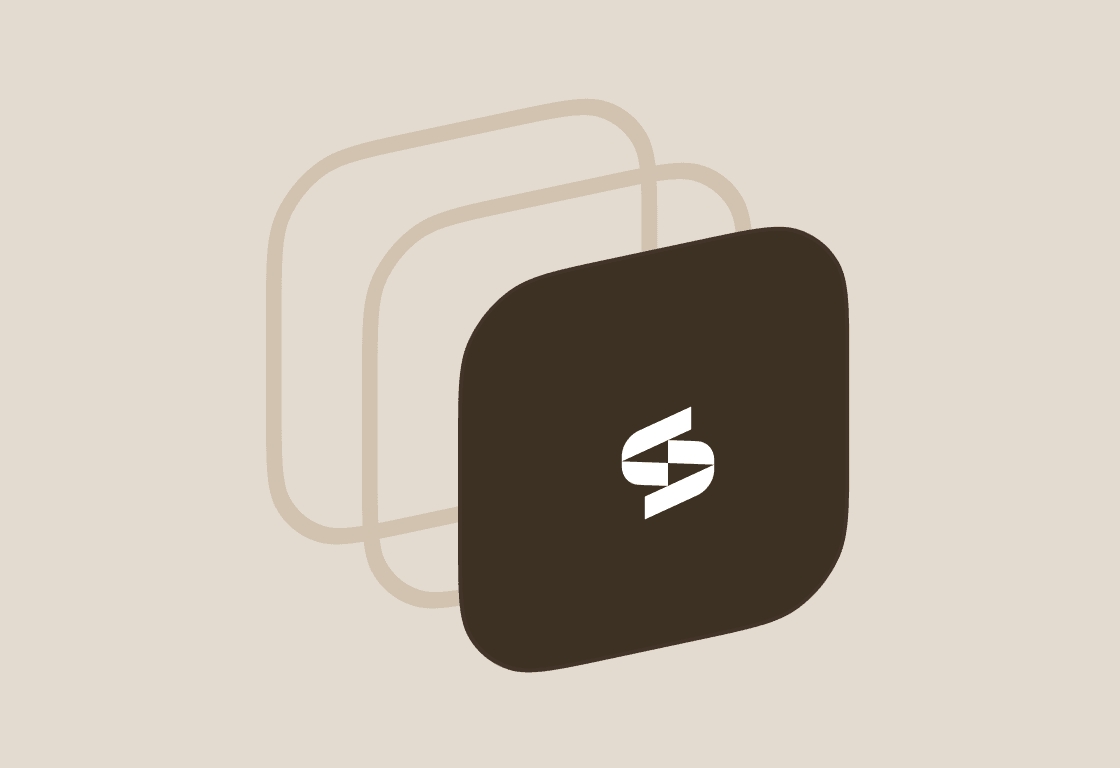One team buys a design app, another signs up for project management software, and a third grabs a new CRM without telling IT. Six months later, your SaaS budget is a black hole; no one remembers who owns what.
This is business sprawl in action. In 2025, SaaS chaos isn’t caused by bad intent—fast-moving teams, decentralized purchases, and disconnected systems cause it. Old methods like quarterly audits and spreadsheet trackers can't keep up, exposing IT teams to surprise renewals, access risks, and compliance headaches.
In this blog, we’ll break down why traditional SaaS management tools fail in a sprawling environment and what a next-generation SaaS management platform needs to do to help you regain visibility, control costs, and secure access across the business.
Business sprawl is IT’s biggest challenge in 2025
Today’s IT teams aren’t just managing technology. They’re managing organizational entropy.
As departments move faster and purchase their own software, IT’s once-centralized control slips away.
- Marketing adopts their own analytics platforms.
- HR teams spin up onboarding tools.
- Finance experiments with expense apps.
All without a formal procurement process.
The result? Hundreds of licenses are fragmented across teams, often without clear ownership or oversight. Renewals happen automatically. Usage drops off without anyone noticing. Former employees retain access to critical systems.
Traditional tracking methods like static spreadsheets or annual audits simply can't keep pace with how dynamic SaaS adoption has become. Even following best practices for software license management is no longer enough when your environment shifts daily.
Continuous change will be the new normal for IT in 2025, demanding a different kind of SaaS management.
What a modern SaaS management platform should do
To survive business sprawl, a modern SaaS management platform must go beyond simple inventory lists or cost calculators. It should be designed for a world where:
- User identities are scattered across Okta, Azure AD, Google Workspace, and internal HR systems
- Contractors, freelancers, and remote employees move in and out constantly
- Department-led SaaS buying happens without centralized IT control
The new essentials for a SaaS management platform:
- Real-time license visibility: Instantly know who has access to what, across every app, even non-SCIM and non-API tools where access is otherwise invisible.
- Automated access reviews: Continuous monitoring (not quarterly checklists) to catch offboarding gaps and orphaned licenses, including apps outside your identity provider’s sync.
- Renewal intelligence: Early alerts for upcoming renewals, tied to actual usage data and ownership context, so you don’t pay for tools no one’s using.
- Context-aware management: Understand not just what licenses exist, but why they exist: who requested them, which team uses them, and what purpose they serve.
- Lightweight deployment: No massive configuration needed. It should plug into existing identity systems and work across the stack, even when tools don’t offer native integrations.
How traditional SaaS management falls short
Most SaaS management tools were built around ideal conditions—standard apps with APIs, consistent identity sources, and centralized procurement. But real-world environments in 2025 are far messier. That’s where these platforms start to break down:
- Only works where APIs exist
Traditional platforms rely heavily on integrations. If a tool doesn’t support SCIM or an API, it’s invisible. That leaves long-tail, unmanaged apps completely off the radar. - Snapshots instead of live sync
License data is pulled periodically: weekly, monthly, or worse. There’s no always-on visibility into changes in usage, ownership, or access, so the moment something changes, your data is stale. - No context for renewals
Renewal alerts (if they exist) are just calendar-based. There’s no insight into how the tool is used or who owns it, making it hard to negotiate or offboard confidently. - Siloed identity coverage
These platforms often rely on a single identity provider. However, in modern orgs, users exist across Okta, Google Workspace, Azure AD, HRIS systems, and beyond. That creates blind spots and missed offboarding. - Heavy, rigid implementations
Some platforms require months of setup and complex onboarding. That’s a dealbreaker for lean IT teams who need quick time to value and flexible deployment.
If your SaaS management feels like a constant fire drill, it’s not your fault. The tools weren’t built for business sprawl.
We cover this more deeply in our post on enterprise software license management, especially the hidden risks from incomplete access reviews.
Stitchflow’s approach: Built for the un-automatable parts of sprawl
At Stitchflow, we didn’t just build a SaaS management platform. We built one specifically for the chaotic, ever-changing environments most IT teams actually work in.
While most tools automate the easy stuff—SCIM-enabled apps, standard renewals, or single IDP setups, Stitchflow focuses on the parts everyone else misses:
- Auto-configured IT Graph: Automatically maps your entire environment—apps, users, and access relationships, without needing manual setup or predefined integrations.
- Always-on change detection: Live sync means instantly knowing when someone gains access, leaves the company, or gets assigned a new license.
- Identity-aware access mapping: It works across multiple identity providers (Okta, Azure AD, Google Workspace, HRIS), so Stitchflow reflects how your org actually operates, not just what one IDP reports.
- Contextual renewal tracking: Don’t just get calendar alerts. Stitchflow ties renewals to real usage and ownership so you can confidently renegotiate or cancel.
- Coverage for non-API, non-SCIM apps: Stitchflow goes beyond native integrations, capturing access data even for tools that don’t expose it, so your sprawl doesn’t become a blind spot.
The result: IT teams finally have full-stack visibility and automation—even in the messiest parts of the organization.
And because Stitchflow adapts to your environment, not the other way around, there’s no need for massive implementation projects.
If you're just starting and want a lightweight solution, try our free renewal tracker to see your contracts early on.
What to look for in a SaaS management platform in 2025
Choosing a SaaS management platform today isn’t just about who has the most features; it’s about finding a solution for your new reality.
Here’s a quick checklist for evaluating SaaS management tools:
| Must-Have Feature | Why It Matters |
|---|---|
| Real-time license tracking | Stay ahead of access changes and license waste |
| Automated access reviews | Reduce compliance gaps without manual overhead |
| Identity provider integration | Match licenses accurately across scattered systems |
| Renewal intelligence | Eliminate surprise charges and overpayments |
| Context-aware insights | Understand not just what you have, but why you have it |
| Lightweight setup | Get started fast without massive IT projects |
If your current system can’t tick these boxes, it’s time to rethink.
Wrapping up: SaaS sprawl isn’t going away, your tools need to evolve
In 2025, business sprawl isn’t an IT problem. It’s an organizational reality.
Teams will move faster. Tools will proliferate. Budgets will tighten.
The real question is: Will your SaaS management platform keep up?
You need a solution built for real-time environments, designed to adapt as your business grows and changes, not a static system that leaves you playing catch-up.
See how Stitchflow helps IT teams control SaaS chaos, cut waste, and close security gaps, without slowing anyone down. Book a demo today.
Jane is a writer at Stitchflow, creating clear and engaging content on IT visibility. With a background in technical writing and product marketing, she combines industry insights with impactful storytelling. Outside of work, she enjoys discovering new cafes, painting, and gaming.


